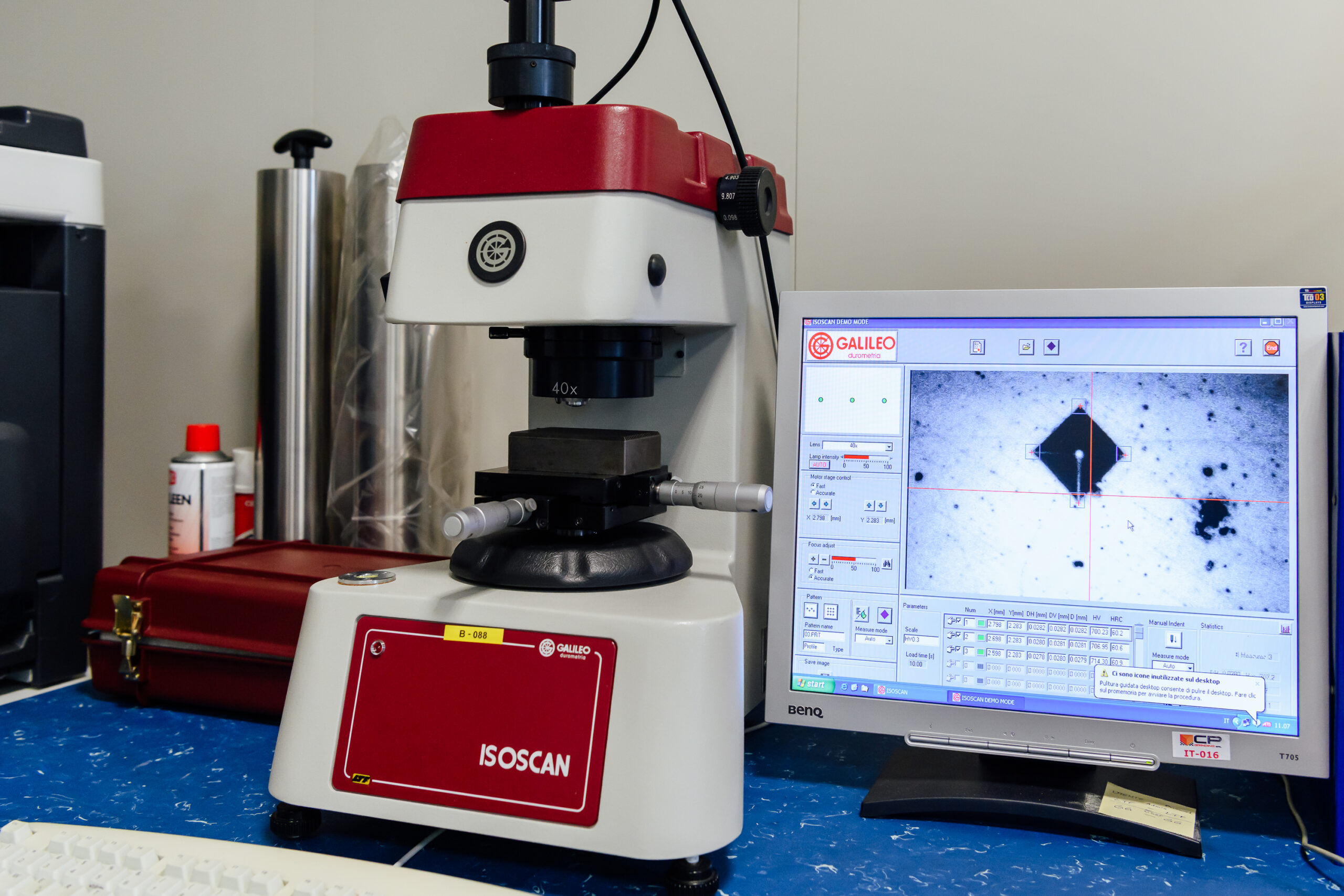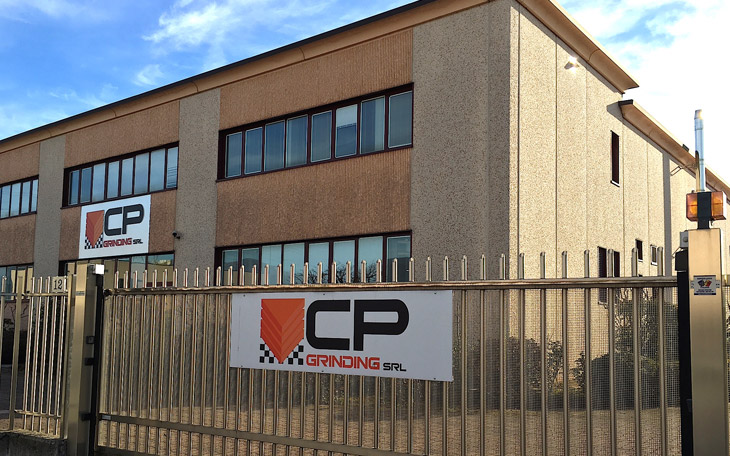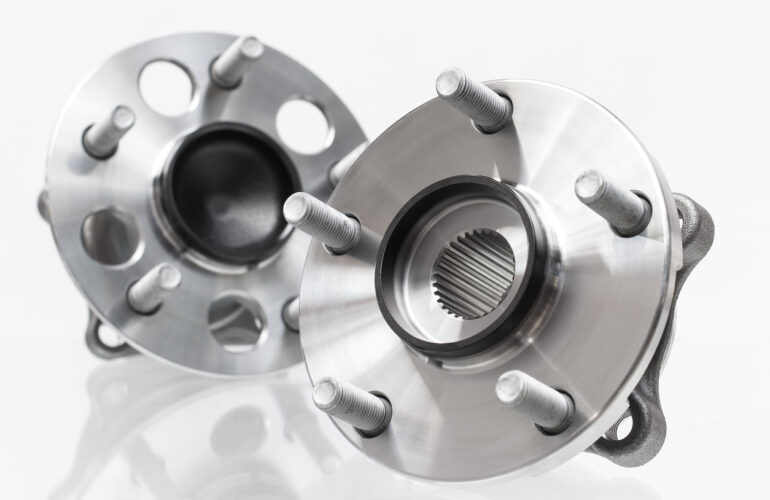The machining center is a multifunctional machine tool equipped with CNC numerical control that allows to perform a large number of mechanical operations such as threading, drilling and milling using only one set-up on multiple surfaces. The machining center has multiple motion axes and an automatic tool exchange system.
Machining center characteristics
A machining centre has different components such as:
- Axes
- Guide
- Spindle
- Control system
- Structure (including base, mast, wagon and head)
- Swivel table
Types of Machining center
Machining centres are distinguished by the positioning of the spindle axis; this distinction creates two main categories of machining centres:
- Horizontal machining center
- Vertical machining center
Horizontal machining center
The horizontal machining centre can be fixed or movable and has the spindle axis in a horizontal position. This type of machining center can make cuts with a reduced inclination, in particular on the sides of the workpiece.
Features:
- Suitable for milling grooves
- Suitable for processing flat surfaces
- Suitable for machining large parts
- Suitable for machining heavy workpieces
- Facilitates the evacuation of chips.
- Offers a quick tool change
- It has pallet change functionality
Vertical machining center
The vertical machining center can be fixed or mobile and has the spindle axis in a vertical position, relative to the base on which the pallet is placed. This type of machining center has a vertical spindle, which means that the tools perform the cutting on the top of the workpiece.
Features:
- Allows large workpieces to be processed on all sides
- Suitable for sharpening moulds and machining tools
There are also double column machining centers in which the spindle slides on a portal supported by two columns. This machining center is used for machining large workpieces.
Machining centers guide
The guides of the machining centers can be:
- sliding – with sliding of the fixed part on the furniture
- Rolling – with bearings or skids between fixed and moving parts.
Machining centers axis
The position of the axes in the machining centres always follows precise rules. For example, the Z axis is always matched to the spindle and its positive direction is always in the direction of moving away from the workpiece.
- Axis X = Longitudinal
- Y = Vertical
- Z= Transverse (spindle)
- B = Rotary relative to Y.
The working area is defined by the dimensions of the spindle operating area according to the x,y and z translation axes.
The dimensions of the axes affect the maximum size of the pieces that can be processed and the type of processing that can be carried out.
How the axes are operated
- Rotary motors – produce the rotation of the motor axis that turns into linear motion with worm
- Linear motors – mounted on the moving part, directly produce a linear motion.
The number of axes of the machining centre is chosen according to the shape of the workpieces to be machined.
5-axis machine tools are the most common but there are also 3.4.6 and even 7-axis machines.
Other elements of a machining centers
The secondary elements of a machining centers increase the degree of automation of the centre itself.
The main secondary elements of a machining centers are:
- tool changer device
- pallet loading and unloading device (allows you to exchange a pallet at the end of processing with a pallet waiting for processing)
- chip evacuation system
- pallet warehouse (storage of workpiece pallets and workpieces already processed)
- tool magazine
- protections
Materials that can be processed with machining centers
Machining centers allow the processing of a good number of different materials, the most common are: aluminum, graphite, plastic, titanium, steel and glass.




